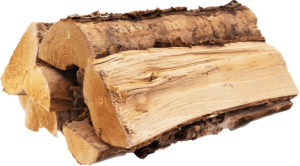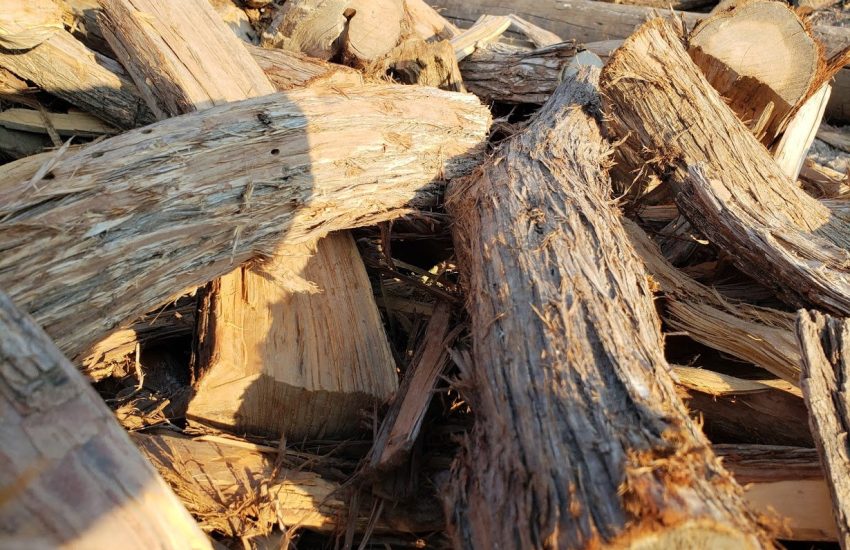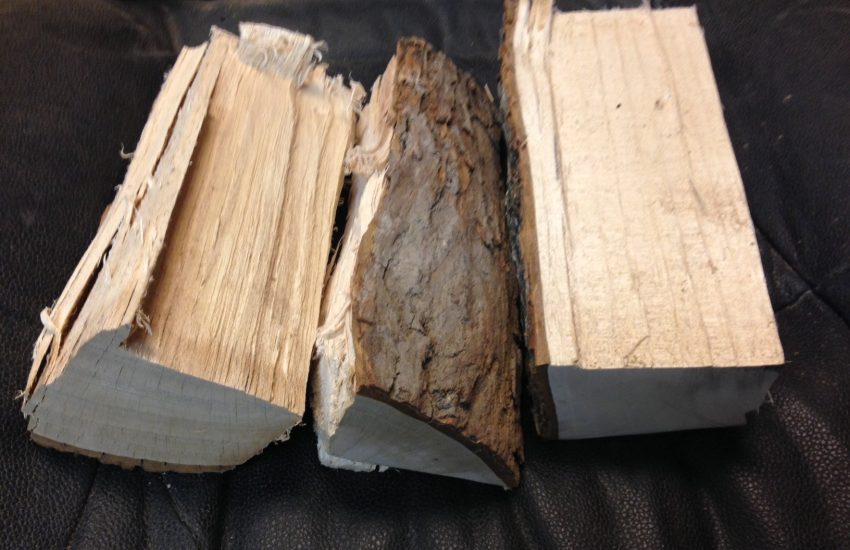Is Birch Good For Firewood – Burning Birch Firewood
Birch trees come in a lot of varieties, but the most commonly known birch for firewood is the white birch. These are found in moist soil from zones 2 to 7. Most of these trees grow up to 40 feet at fully maturity. These are not long-lived trees.

Heat Output and Efficiency (in BTUs)
Seasoned birch will produce a little over 20 BTUs per cord of wood. It’s better than pine but not as good as oak. As you handle the drying logs, keep a bin or basket on hand to collect the bark. Seasoned birch bark is a terrific fire starter
Birch will work both in an open fireplace and in your woodstove. If you buy your birch already split, try to strip off and collect the bark as you stack it for your own use to reduce the risk of mold build-up.
Creosote Buildup
Because birch will burn well even if it’s damp, there is a higher risk of creosote build-up if you need to use it wet. You can avoid creosote by seasoning your birch for at least 12 months. Do take care to keep this wood off the ground; it is prone to mold if allowed to stay damp.
Be aware that creosote build-up occurs in stages. Have your chimney checked in the early fall. Get the ashy soot removed to avoid tarry build-up. If your chimney contains heavier flakes of tar, it will take some scrubbing. If the tar build-up has gotten congealed and started to run down the inside of your chimney, you may need your liner replaced.
If you’ve struggled with smoke build-up or fire smells that linger in your home, your chimney may be suffering creosote build-up. When creosote gets hot enough, you will have a chimney fire made up of sticky products that you can’t get rid of. As they burn up and out of your chimney, they can end up clinging to your shingles and creating an uncontrollable burn that can cost you your house. Get your chimney checked before burn season.
Smoke, Spark and Coal Production
Birch doesn’t produce a lot of spark and offers a clean wintergreen scent. It’s a nice firewood for an open fireplace because the smoke risk is also low. Birch logs are quite pretty on the fire as they burn and offer a good bit of heat without a lot of spitting and popping.
If you plan to burn your birch in an open fireplace, do take the time to split the bark off your firewood as you stack it. The mold that can build up between bark and wood can sicken the folks in your household; you want to avoid giving that mold a home.
How Long Does Birch Firewood Need to Season?
Birch needs 12 months to season for a clean burn. Birch trees do not grow to a great diameter and it is possible to stack these logs without splitting them. If you’re managing your own woodlot, try to split it within a week of cutting down the tree. If you need to stack rounds for a longer time, score the bark to avoid rot inside the bark.
Leaving your birch rounds fully encased in bark for a long stretch of time can give pests and mold plenty of room to grow. Birch trees in the wild are at risk of boring pests; if you’re transporting wood from one woodlot to your home, you may actually have hitchhikers in that wood that will damage the growth in your own woodlot. Scoring the bark with a sharp knife on at least two sides will let in air and light to lower that risk.
Your seasoning spot needs plenty of airflow and access to sunshine. If you live in a spot that gets a lot of rainy days and cloud cover, do your best to create a storage spot that at least allows plenty of airflow at both ends of your split firewood. If at all possible, don’t store your birch firewood in rounds for the long term.
Is Birch Firewood Expensive
Birch is a middle of the road firewood in terms of price. Do take the time to inspect the wood before you take delivery. If it has not been split, you may be buying rotten, moldy wood. If you have a good relationship with your woodsman, ask for it to be split at least in half before you store it to season. If it’s been seasoned in rounds, buy something else.
Firewood is generally cheaper in the spring; the law of supply and demand tells us that folks want seasoned wood when the weather turns cold. You can keep your costs down by
- buying in the spring
- splitting your own wood
- getting your chimney cleaned out and capped in the summer when the sweeps aren’t busy
Birch thrives in wet soil; if your area gets heavy spring rains, your woodsman may not be able to get to birch trees until early summer. Stay patient.
Pros and Cons of Using Birch for Firewood
Pros
- Birch trees grow straight and strong without developing a large diameter, making the rounds easy to split and stack
- The bark burns quickly; free fire starter!
- The sap level is low and is not terribly sticky
- Birch smells wonderful as it burns
Cons
- This wood can rot under the cover of the bark
- Birch wood burns quickly. You may need other wood to bank a fire
- Mold is a big risk; get the bark opened up!
- Harvesting birch can be a challenge due to moisture
How Birch Firewood Compares to Other Trees
Birch grows in moist conditions, like alder and cottonwood trees. Harvesting your birch in spring may be a bit of a challenge, but this wood can be fun to cut in early fall. While cottonwood has to be fully seasoned to burn without stinking up your house, birch can burn when wet without a lot of unpleasant odor.
Both alder and birch split well when wet; cottonwood needs time to season before you split it. Neither alder nor cottonwood have bark that needs to be scored. Birch bark should not be left in a continuous round on your birch ogs.
While seasoned oak offers a burn of almost 30 BTUs, birch produces less heat and a faster burn. If your plans include heating your house only with wood, you may be up in the middle of the night to fire up the woodstove or the fireplace.
Birch trees grow up in clumps. These trees are prone to crowding as they grow in the wild. If you are not a confident woodsman with a lot of experience in directing the fall of a tree, make sure you have an escape route away from a tree if it gets hung up on another.
For those who own their own woodlot, hiring a woodsman to come thin the existing birch trees to give you a bit more room to work is a safer choice. Walk the site to make sure that you won’t be wading to get to the trees you want to cut. Try to cut when the vegetation is low so you don’t have to deal with unseen tripping hazards.


